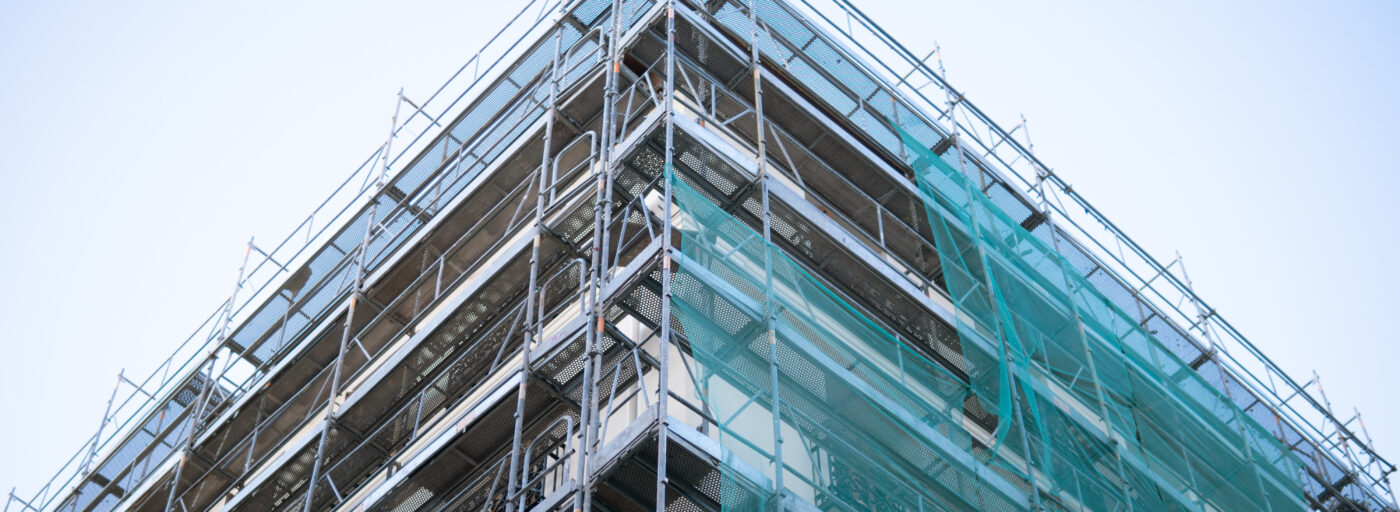In the aftermath of the tragic Grenfell Tower fire in 2017, the government has been on a mission to improve building safety regulations, with the goal of ensuring that every resident is safer in their home. Based on inputs received from an independent investigation of the tragedy, the Building Safety Act, a landmark piece of legislation, was passed in 2022, ushering in a new era of accountability and safety in the construction industry.
Among the many provisions within the Building Safety Act was the introduction of three ‘gateways’ focusing on planning, building control and completion, to increase accountability and transparency in the industry. These gateways represent a structured approach to ensure that the design, construction, and management of high-risk buildings adhere to stringent safety standards. In the first article of our gateway series, we’ll delve into Gateway 1 of the Building Safety Act to understand how it is poised to revolutionise building safety in the UK.
Gateway 1: Planning Gateway
Gateway 1, also known as the Planning Gateway, came into force on 1 August 2021 and is a pivotal component of the Building Safety Act. It consists of two key elements:
- It requires developers, when applying for planning permission, to submit a comprehensive fire statement detailing the specific fire safety considerations pertinent to their development, particularly if it involves one or more relevant buildings. This requirement underscores the paramount importance of addressing fire safety right from the inception of a project, ensuring that potential risks are identified and mitigated early in the planning process.
- Gateway 1 designates the Health and Safety Executive (HSE) as a statutory consultee for relevant planning applications. This means that the HSE will play a crucial role in assessing and providing input on the safety aspects of proposed developments, contributing to a more robust and safety-focused planning process.
Key Things to Keep in Mind
Qualified Expertise: Fire statements should be prepared by individuals who possess the necessary qualifications and experience, such as fire engineers, to ensure a comprehensive understanding of fire safety requirements.
Policy Compliance: The London Plan recommends that fire statements explicitly incorporate fire safety principles, demonstrating compliance with Policy D12 within the project proposal.
Detailed Content: A complete planning application should encompass a fire statement with a sufficient level of detail, specifically addressing the criteria outlined in Section B of Policy D12.
Conditional Approval: Local planning authorities are empowered to impose conditions on planning permissions, requiring that the development adhere to the provisions set forth in the fire statement, thus reinforcing the commitment to fire safety.
Scope Specificity: Fire statements should be tailored to the particular elements of the project for which the applicant is seeking approval. For example, if alterations on existing buildings involve replacing combustible timber decking with a non-combustible alternative like MyDek’s Luxura® decking, the fire statement need only cover this specific change and any associated combustible support structures.
Adaptable Amendments: In cases where modifications to the project require subsequent planning applications under Section 96a or Section 73, an updated fire statement should be submitted to align with the latest scheme proposals. This applies to any changes, including visual ones, like altering the colour of non-combustible decking.
Outline Planning Application: When a proposed development is submitted as an outline planning application, it should be accompanied by an outline fire statement. Furthermore, the associated outline planning permission should incorporate a condition mandating the submission of a fire statement in any subsequent reserved matters application.
Consultation and Fire Statement for Existing Buildings: When considering maintenance or like-for-like replacements in existing buildings that do not require planning permission, it is advisable to include a fire statement and to engage in pre-application consultation with the local council. The fire statement serves as a crucial document outlining the primary reasons for approving the application, especially when changes involve potentially fire-sensitive materials. For instance, replacing combustible timber decking with non-combustible alternatives like Luxura® decking may or may not necessitate planning approval, making it prudent to consult with the council to ensure compliance and clarity. Taking this proactive approach can help in navigating the requirements effectively while maintaining fire safety standards in existing structures.
Importance of Specifying Products with A1 Fire Rating
Given the current changes in the Building Safety Regulations, it is absolutely essential to future-proof construction projects by specifying non-combustible materials, specifically those classified as A1 Fire-Rated products. These measures will help the building meet the evolving safety standards and ensure safety to residents over the years.
Was this post helpful? Stay tuned for the next article, on Gateway Two, which will outline significant changes to the information which needs to be submitted under the new Building Control application process.

